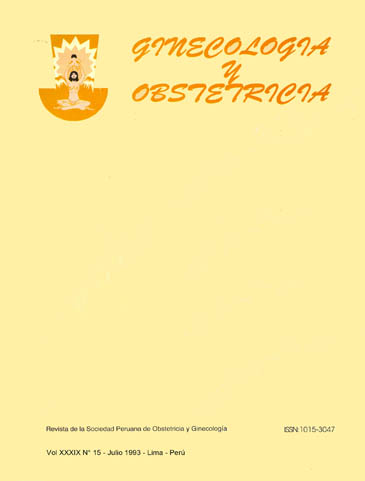Caesarea in Peru: present and future.
DOI:
https://doi.org/10.31403/rpgo.v39i1589Abstract
Caesarean section is an operation whose purpose is to artificially remove the fetus through the abdominal approach, focusing on the uterus. It has been written that this operation goes back many centuries. In ancient Rome it was a must carry it out in the pregnant woman after her death. It is said that Julius Caesar was born through this intervention, but it is a hard fact to accept, since his mother lived many years after he was born. The first caesarean in Peru was conducted at the Maternity of Lima by Dr. Camilo Segura 1861, in a patient who died during childbirth. The May 31, 1931 at the Maternity of Lima Dr. Alberto Barton cesarean section obtaining a live newborn. The mother died a few hours. In 1926 Dr. Ricardo Palma performed the first caesarean section in Chiclayo. Between 1927 and 1936 Dr. Manuel Jesus Castaneda made the first Caesarean section in Arequipa and in 1931 Dr. Callo Zeballos did the same in Cuzco. The first segmental cesarean in Peru was practiced in Lima Maternity Hospital by Dr. Victor Bazul Fonseca in 1937. That same year he practiced at the Hospital de Bellavista Callao by Dr. Froilan Villamón.
















